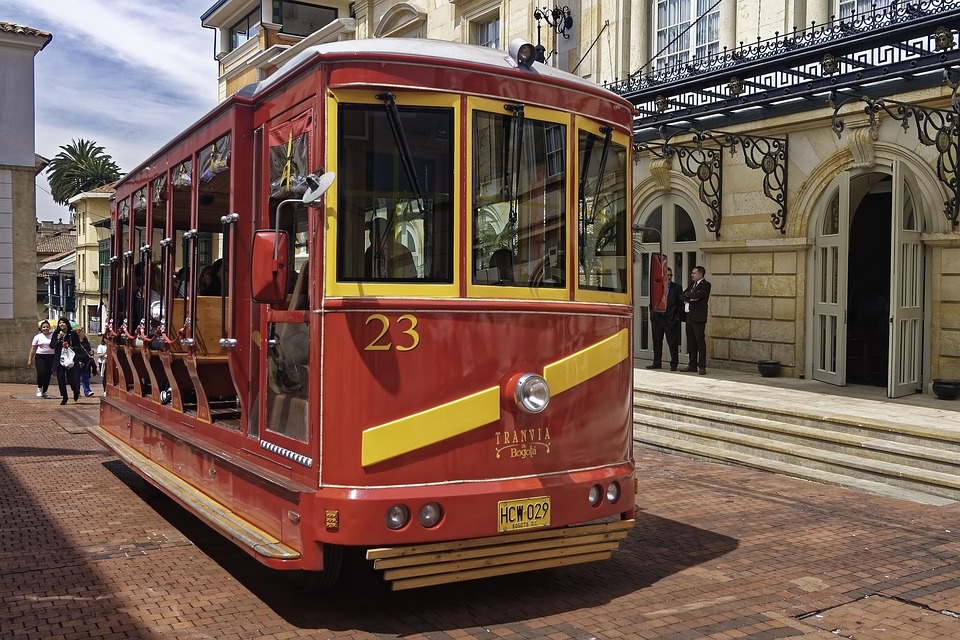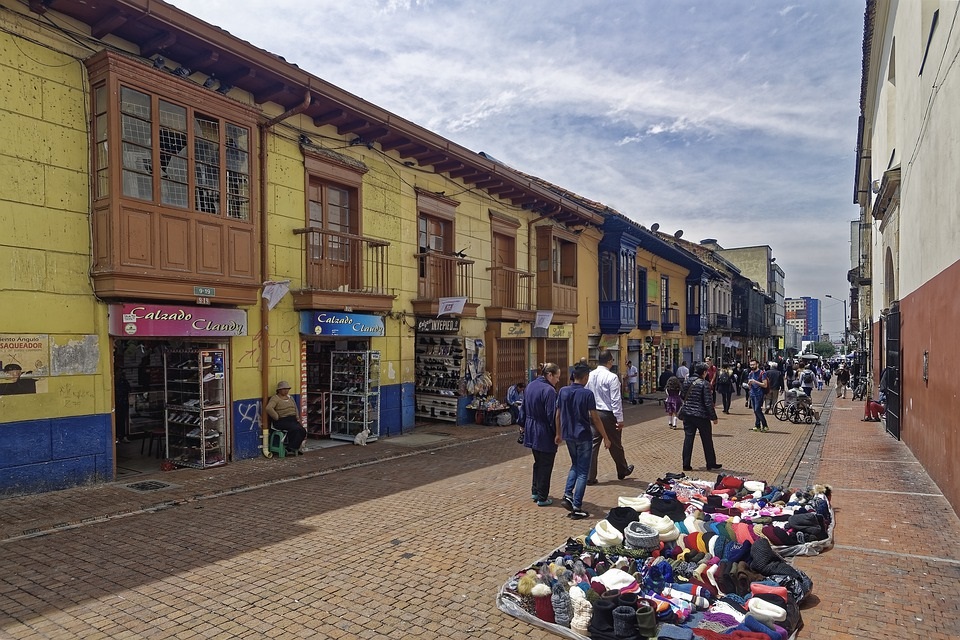He liked to read and write, to reflect on life and his country. From his way of life came his stoicism: he didn’t smoke or drink at a time when puffing smoke out through your nostrils, mouth, eyes and ears, was the fashion, as well as getting drunk as a Bedouin. Who will have a photo of him? There is the one of the iconic guerilla hero taken in Havana by Korda, with a fortunate shot of his camera. But who made a portrait of Oscar Gil? Or who wrote about his short life? Because when they killed him he hadn’t reached 30.
 Armando Orozco Tovar
Armando Orozco Tovar
This is how I remember him: tall, elegant and a Paisa to his bones. Serious with thick glasses of an intellectual – and he was.
He liked to read and write, to reflect on life and his country. From his way of life came his stoicism: he didn’t smoke or drink at a time when puffing smoke out through your nostrils, mouth, eyes and ears, was the fashion, as well as getting drunk as a Bedouin. Not even the ‘accursed herb’, which the Nadaist movement claimed, desacralising it among the youth, because this medicinal plant was fodder only for convicts, the same as tattoos.
Oscar thought and dreamed about a better country, but his nightmares would not let him sleep. And his soul walked along unhappily in his human body 1.80 metres tall.
He was often to be seen on Seventh Avenue in Bogota, which he walked from 26th Bridge, where the shrine to the Liberator stood – now in the Journalists’ Park – as far as Avenida Jiménez.
 He never went any further, but he could be seen in the permanent demonstrations in the Plaza Mayor, handing out his leaflets, pamphlets and flyers, like: The crisis in the face of history; Don’t Vote; A Poor Journalist (this last written when he was sacked by El Tiempo, after a brief interval at the Santos family newspaper whose offices were then on the corner of Avenida Jiménez, and opposite where Jorge Eliécer Gaitán was killed for his populist ideology of social justice.
He never went any further, but he could be seen in the permanent demonstrations in the Plaza Mayor, handing out his leaflets, pamphlets and flyers, like: The crisis in the face of history; Don’t Vote; A Poor Journalist (this last written when he was sacked by El Tiempo, after a brief interval at the Santos family newspaper whose offices were then on the corner of Avenida Jiménez, and opposite where Jorge Eliécer Gaitán was killed for his populist ideology of social justice.
Oscar Gil had his own ideology too, which was – like a good Paisa – anarcho-religious, something which made him close to the personality of the poet Gonzalo Arango, the founder of Nadaism.
Would they have meet at some point? Each of them travelled with his soul inflamed along different paths: Gonzalo making his poems and repeated proclamations in favour of his existential ideas, and against everything else. And Oscar, with his short texts against the old-fashioned State, that was based on farming and fishing, which he wanted to burn with his anarchist torch . . .
From this came the flame, which he carried like a symbol, like a torch, to the colonial church of San Francisco, next to the provincial Government building, and on the opposite corner to the paper which sacked him. When he arrived, and like a typical spider, he climbed up the cracks in the wall of the government building, as far as the cornice below the windows, where he lit his torch to begin his peroration with things like: “God is not found in clay temples, but in men’s hearts . . .”
 This phrase stayed with me, although I was already an atheist. Oscar caught my attention with his daring and his flame from next to the old church, and one day I went up to him in the street to ask him his name (how he – was called, a play on words in Spanish).
This phrase stayed with me, although I was already an atheist. Oscar caught my attention with his daring and his flame from next to the old church, and one day I went up to him in the street to ask him his name (how he – was called, a play on words in Spanish).
Some time later, on a visit to Medellín, I saw him again in the Café La Bastilla, a sort of self-service cafe like those in Bogotá, and he gave me his latest leaflet and dedicated it to me, putting: “For Armando, who was the first to ask me my name”.
The text of The man of the flame, which I quickly lost, was a mixture of his mystical anarchism (Oscar was a Rosicrucian) and revolution.
I was seduced by his idealism and frustration, and even more when he punched the palm of his left hand, saying: “Carajo, why doesn’t anyone understand me?”
And it was because his sermon was not convincing at a time (if anyone paid attention) when Communism had defeated Fascism and was taking human beings to the stars.
Oscar Gil, left for Mexico intending to go to the Caribbean island, where the speeches of Fidel Castro were making the tyrannies tremble.
 But he didn’t do well on his return to Bogotá, where with three friends he was arrested and taken to the Modelo prison, for stealing a taxi and trying to throw out their leaflets about the Panamerican Liberation Army, which they wanted to start – without either money or arms, except a pistol that he stole from a sleeping policeman on a local bus, ‘replacing’ it in his holster but in the form of a banana.
But he didn’t do well on his return to Bogotá, where with three friends he was arrested and taken to the Modelo prison, for stealing a taxi and trying to throw out their leaflets about the Panamerican Liberation Army, which they wanted to start – without either money or arms, except a pistol that he stole from a sleeping policeman on a local bus, ‘replacing’ it in his holster but in the form of a banana.
An anecdote like this he told without laughing, because one of his serious defects was a complete lack of humour, which didn’t let him survive the bullet in his right cheek, that, one day in ’68, put an end to his anarchic religiosity, in front of the Pasaje Santander. A place known today as ‘the has been’ because it is where the old people go, who once had incendiary dreams like those of ‘The man of the flame’.
(Translated by Graham Douglas – Email: catalysistranslations@outlook.com) – Photos: Pixabay












.jpg)












